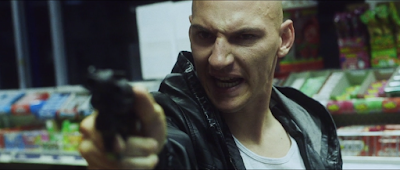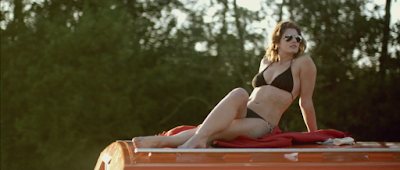The following sound clip is a study on omnidirectional and unidirectional microphones. I learned beforehand that omnidirectional microphones are capable of picking up sound from a wider range than a unidirectional microphone, which can only pick up sound from the direction it is being pointed in.
For this task, both of the microphones I used were unidirectional, although I was still able to see and compare the difference between them. I used a stereo microphone built into a voice recorder, and a shotgun microphone in which I added to the voice recorder as an external piece of equipment.
This way, I was able to learn how to add external microphones to build on my technical skills. The following clip shares five sounds recorded with both the stereo mic and the shotgun mic. The clips of the same sound play back to back to show the difference, with the stereo mic recording playing first, and then the shotgun mic recording right after.
The first sound that I recorded was of a door handle in use. The first clip sounds a bit higher in pitch than the second one. In my opinion, the second clip, recorded with the shotgun microphone gives a more accurate representation of what I could hear.
The second sound is of a code lock being used. In the stereo microphone recording, there is sound picked up from the background, of voices. However, in the shotgun microphone the sound of the lock seems much more isolated because of the lack of background noise.
The third sound is of a locker door closing and opening. Similarly to the previous clip, the sound recorded through the voice recorder's internal microphone seems to sound more muffled than the sound recorded through the shotgun microphone, which makes it sound much clearer.
The fourth sound is of a person clapping. Unlike the previous sounds, the internal mic on the voice recorder picked the clapping up much easier than the shot gun microphone could. This may have been due to several factors, such as being outside, or having held the shotgun microphone at an angle that was not optimum for picking up the sound.
The fifth sound is of a person talking. Likewise with this clip, the stereo microphone picked up the surrounding sound, including the wind. It is fairly clear, although the shotgun microphone only picks up the voice of the person speaking and is therefore more so than the internal mic.
Overall, the shotgun microphone is much more successful in capturing singular sounds that need to be heard clearly. However, it is largely dependent on whether the mic is angled correctly on how well it is recorded. The internal stereo microphone, on the other hand, is good for recording multiple sounds coming from the same direction.
























